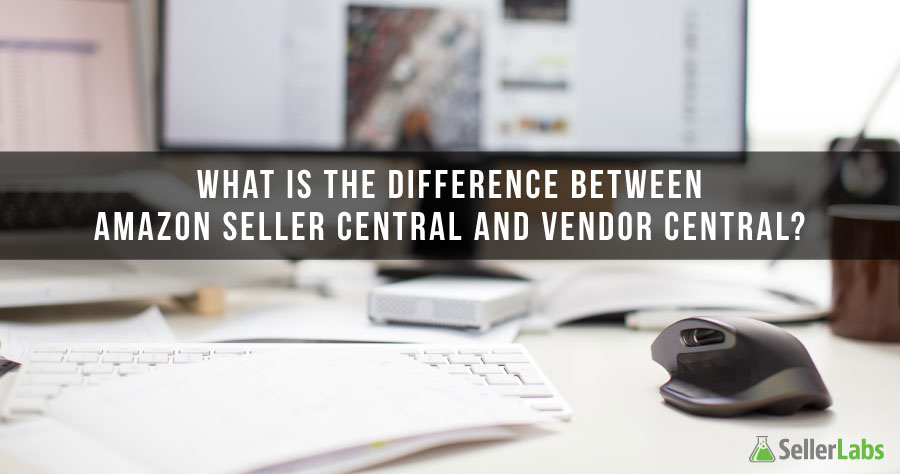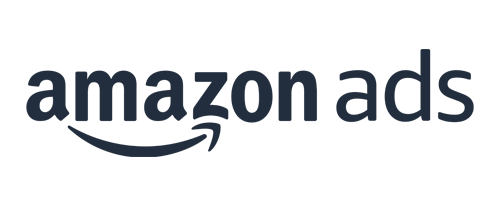Amazon has opened up the opportunity for all sorts of people to sell online. Any common Joe can start selling old college textbooks and find success. There are also authors just getting started, but find success in using Amazon’s system CreateSpace. Amazon’s platform allows new merchants to source his or her first product, then act as a third party seller on Seller Central. Additionally, there’s a Vendor Central account that offers merchants the ability to sell directly to Amazon.
Currently, Seller Labs products are only available for merchants operating off of Seller Central. What are the other differences of Seller Central versus Vendor Central? Are there advantages and disadvantages? Let’s break them down individually and let you decide.
Vendor Central
Vendor Central is an “Invite Only” service offered by Amazon. Once you are part of the Vendor Central system, your products become “Ships from and sold by Amazon.com”. Instead of selling to shoppers as a merchant, you’re selling to Amazon as a distributor. The program grants you access to A+ content, but you have less control over the price at which your product is being offered. You’re selling inventory to Amazon in bulk, instead of purchasing in bulk and waiting for the shoppers to buy.
Acting as a Vendor Central account helps shoppers to be more comfortable with purchasing the product. A product coming directly from Amazon is more trustworthy than coming from “Company ABC”. You’re also given the opportunity to be a part of Amazon’s Vine Program, offering products at a discount to shoppers. There is a bit more of an advantage in marketing tactics operating off of a Vendor Central account.
Here are the major aspects of Vendor Central:
- Invite only
- Standard payment terms
- Less control over prices
- Potential for larger volume
- Amazon Vine Program, Subscribe & Save, and other marketing programs
Seller Central
Just about anyone can gain a Seller Central account. There are differences between a professional and non-professional account. For the purpose of the comparison, we’re strictly going to focus on professional Seller Central accounts. Offering the product through Seller Central offers more control over the products themselves. Seller Central accounts also provide extra information by way of inventory and product management. Payouts based on sales are incurred on a normal basis.
Seller Central offers the opportunity to create promotional codes for customers so that you’re able to run independent marketing promotions. You can also communicate with shoppers one on one, should the need arise. You have more control over PPC campaigns, and free extensive analytics within your account.
Here are the major aspects of Seller Central:
- Anyone can sell
- Quick payment
- More control over inventory and prices
- Potential for higher margins
- Control over listings & inventory shipments
Advantages & Disadvantages
Within the overviews above, we’ve touched on some pros and cons to each system. Which is right for your company? Since Vendor Central is invite only, the decision is mostly made for you. However, if you’re approached to become a part of the program, should you take it? Generally, the invitation means that you’ve reached a threshold of sales, since it’s only offered to larger sellers. Companies need to prove themselves as a third party (Seller Central) seller before being invited to Vendor Central. If you want to retain the most control of your product, we’d recommend sticking with Seller Central. However, if you’re confident with your product, and you’re ready to get into more efficient business practices, Vendor Central is your best bet.







